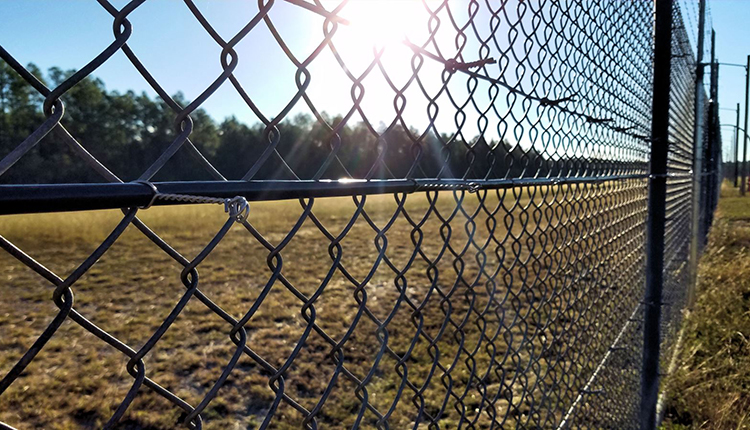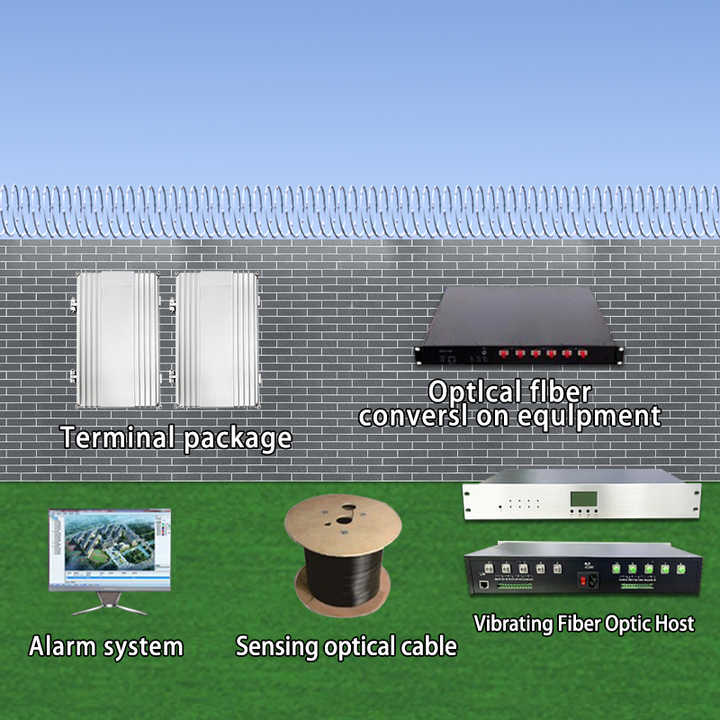How a Fiber Security System Provides Unmatched Reliability and Performance in Security Surveillance
Why Fiber Optic Safety And Security Equipments Are the Future of Defense
The change to fiber optic security systems notes a significant improvement in the realm of defense, driven by their remarkable information transmission abilities and durability to outside disturbances. These systems not only facilitate faster and more trusted communication however also present a cost-efficient option with lowered upkeep demands. As the landscape of safety evolves together with emerging innovations such as AI and IoT, the possibility for optical fiber to improve and redefine safety infrastructures becomes increasingly noticeable. Nevertheless, the ramifications of these developments raise critical questions concerning the future of protection measures and their efficiency in an ever-changing atmosphere.
Benefits of Fiber Optic Systems
One of the key advantages of fiber optic systems is their remarkable data transfer capacity, which facilitates the transmission of large volumes of data over cross countries without significant loss. This particular is especially helpful for safety and security applications that require the continuous monitoring and transfer of high-definition video feeds, sensing unit data, and other crucial information. Optical fiber can accommodate the growing demands of contemporary safety systems, guaranteeing that data continues to be undamaged and reliable.
Furthermore, fiber optic cords are less vulnerable to electro-magnetic disturbance, which can be a substantial concern in atmospheres with numerous digital tools. This resistance improves the honesty of the data being transferred, thus lessening the threat of data violations or system failings. Furthermore, fiber optic systems are naturally more protected than typical copper cables, as taking advantage of a fiber optic line without discovery is exceedingly difficult.
The durability of fiber optic wires likewise contributes to their allure. They are resistant to environmental variables such as dampness and temperature level changes, lowering maintenance expenses and raising system long life. In general, these benefits position fiber optic systems as a robust and effective selection for contemporary safety and security facilities, ensuring reputable and secure data transmission.
Enhanced Information Transmission Speed

The ability to transmit vast amounts of information quickly assists in the smooth combination of high-def video feeds and advanced analytics. Safety and security systems can currently refine and assess info in real-time, improving reaction times and situational recognition. Additionally, fiber optic links sustain longer transmission ranges without destruction of signal quality, making them excellent for extensive security networks.
The boosted rate of fiber optic systems not just improves the efficiency of protection procedures yet additionally lowers latency. This is specifically crucial in important circumstances where timely decision-making can protect against safety and security breaches or mitigate possible risks. As companies proceed to focus on safety and security and efficiency, the need for fast and reputable information transmission will undoubtedly strengthen fiber optic systems as a foundation of modern-day safety and security framework.
Resistance to Disturbance
Fiber optic protection systems consistently demonstrate extraordinary resistance to electro-magnetic interference, a crucial advantage in environments prone to electronic sound. Unlike typical copper cords, which can be adversely influenced by magnetic fields, superhigh frequency disturbance, and various other kinds of electric disturbance, fiber optic cables use light to transfer data. This inherent residential or commercial property ensures that the signals continue to be clear and unchanged, despite surrounding electronic activity.
The usage of glass or plastic fibers in fiber optic technology creates a barrier against interference, permitting trusted information transmission also in tough scenarios such as industrial centers, metropolitan areas with high digital website traffic, or locations near radio towers. This characteristic considerably decreases the chance of signal deterioration or loss, making fiber optic systems particularly suitable for safety and security applications where stability and precision of information are paramount.
Moreover, this resistance to interference enhances the overall performance and integrity of security systems, ensuring that tracking and sharp systems function seamlessly. In a globe where safety is significantly threatened by innovative innovations, the resilience of fiber optic systems stands apart as a critical feature, reinforcing their condition as an essential part of modern-day protection facilities.
Cost-Effectiveness With Time
Considerable price financial savings can be accomplished over time with the implementation of fiber optic safety and security systems. While the first investment might seem higher compared to conventional copper-based systems, the long-term monetary benefits go now become evident via lowered functional and maintenance prices (fiber security). Fiber optic cable televisions are inherently much more sturdy and less susceptible to ecological elements, which converts to reduce replacement and repair work costs over their life-span
Furthermore, fiber optic systems need much less power to run, which further decreases energy prices. Boosted information transmission capabilities permit less repeaters and amplifiers, decreasing devices financial investment and enhancing setup processes. The scalability of these systems likewise adds to cost-effectiveness, as companies can broaden their safety facilities without sustaining considerable additional costs.
Another variable to think about is the increased efficiency in surveillance and response abilities that optical fiber provide. Improved real-time data transmission can bring about quicker incident response times, potentially mitigating losses and obligations related to security violations. In amount, the long-lasting benefits of fiber optic safety and security systems not just justify the initial expenditure but also position them as a financially sensible option for companies seeking durable defense solutions.

Future Technologies in Protection
Advancing technologies are readied to transform security systems, incorporating man-made intelligence (AI) and artificial intelligence to enhance hazard detection and action capabilities. visite site These technologies will allow safety and security systems to assess large quantities of information in real-time, identifying patterns and abnormalities that indicate prospective threats. This proactive approach will certainly enable quicker decision-making and a lot more reliable incident responses.
Additionally, the unification of the Internet of Points (IoT) is paving the way for interconnected safety and security gadgets, providing thorough security and surveillance. Smart sensing units can communicate details regarding ecological modifications, while automated alerts can alert safety personnel immediately of questionable activities.
Additionally, the development of biometric modern technologies will additionally strengthen safety systems. Facial recognition, finger print scanning, and retina recognition are ending up being more advanced, offering layers of verification that are difficult to bypass.
Conclusion
Finally, fiber optic protection systems stand for a considerable innovation in protection try this site innovation, offering unequaled information transmission speed, resistance to electro-magnetic interference, and long-term cost-effectiveness. As the need for innovative security solutions continues to grow, the integration of optical fiber with emerging innovations such as AI, IoT, and biometrics will further improve safety and security facilities (fiber security). The mix of these technologies will certainly guarantee an extra safe and secure and receptive atmosphere, solidifying fiber optics as a cornerstone of future security systems